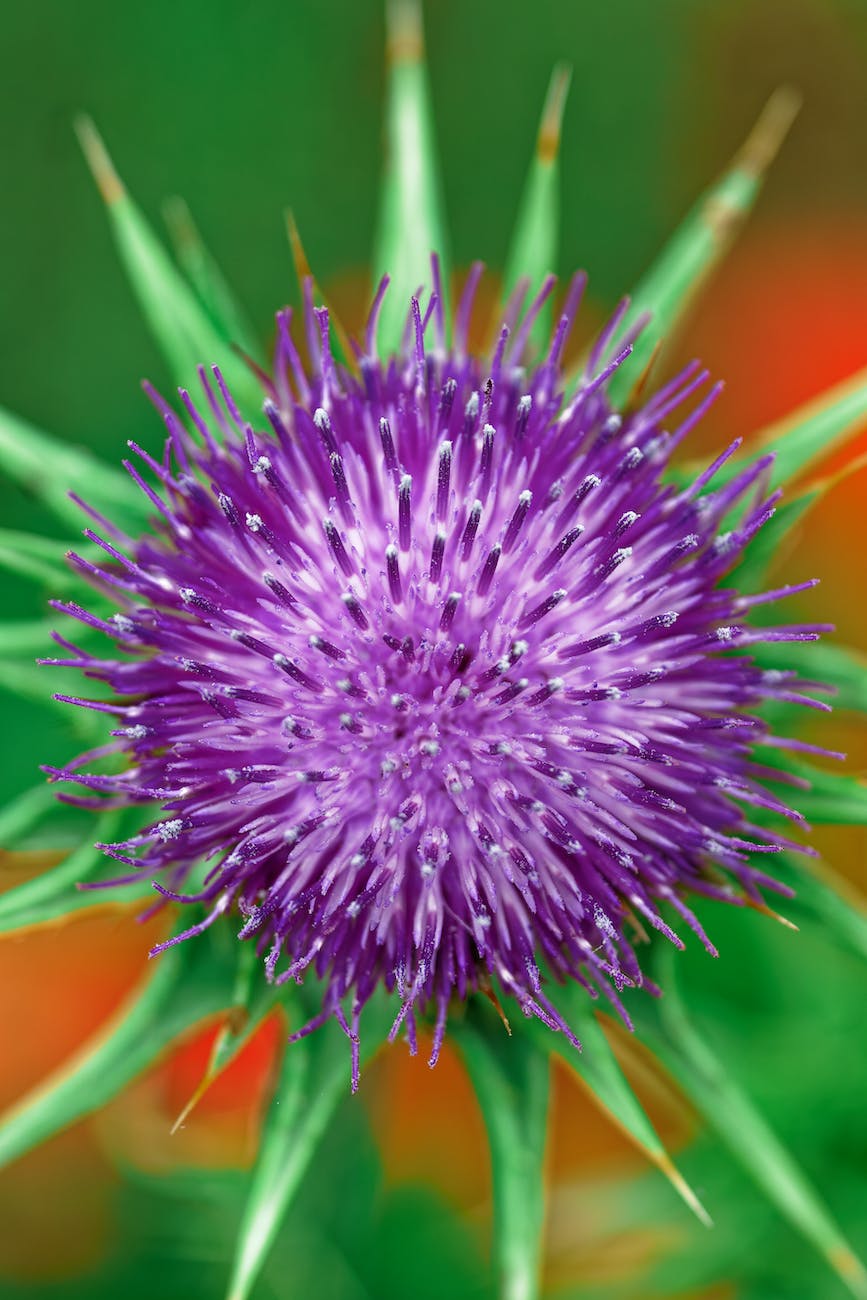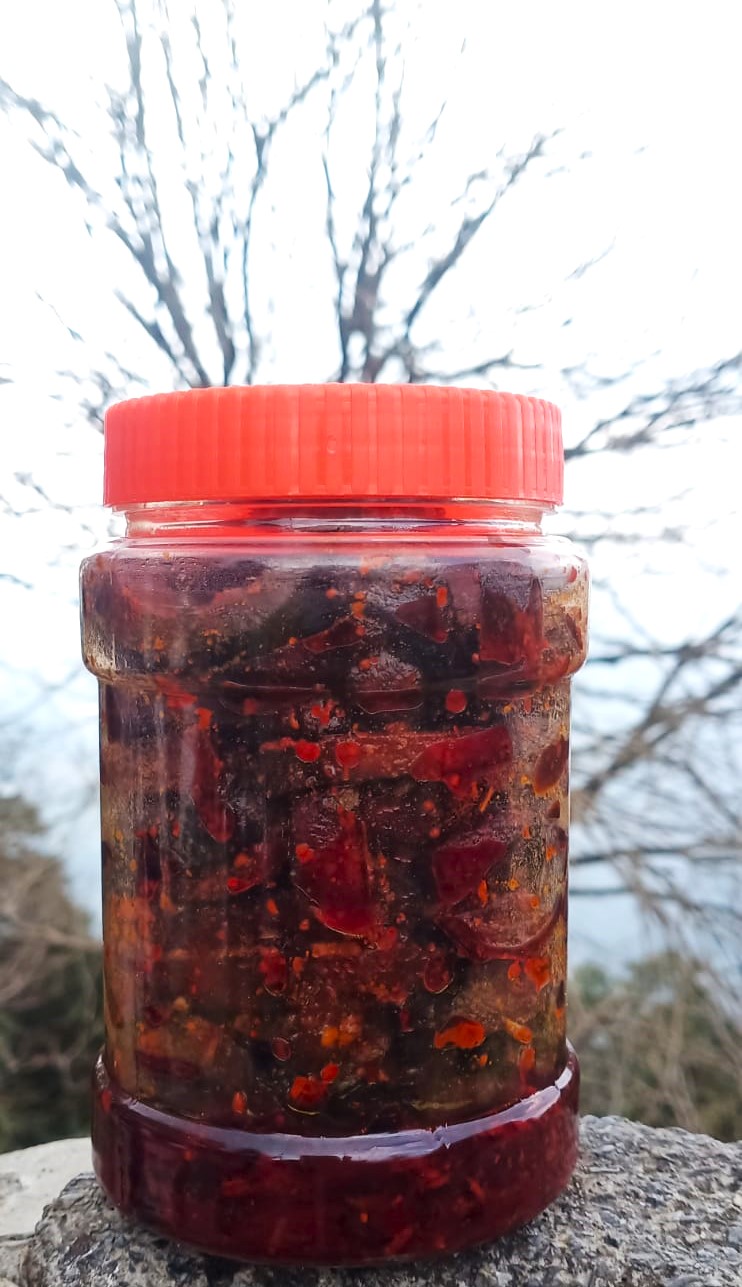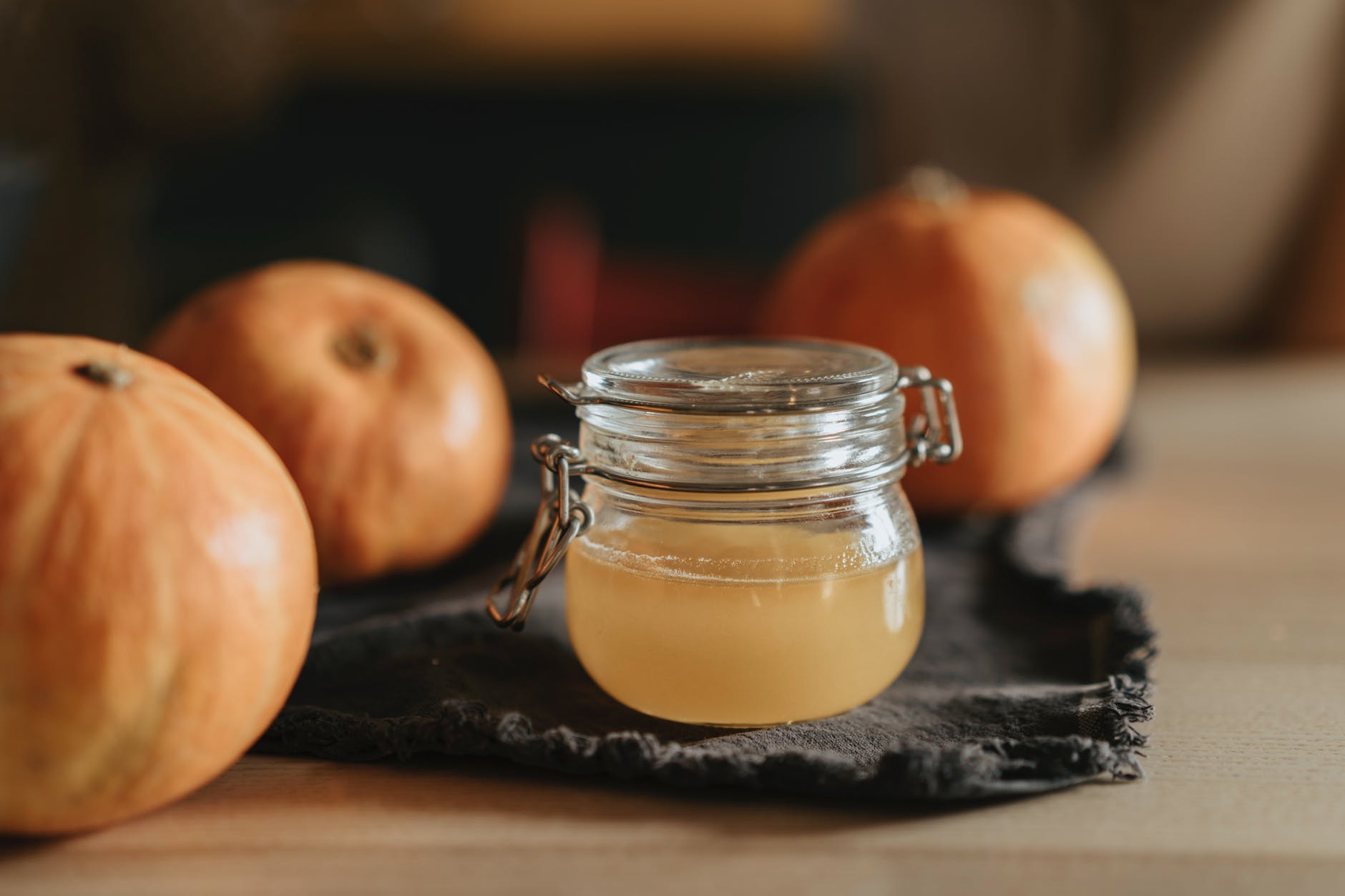
Milk thistle, a natural herb that has been used for centuries for its medicinal properties, primarily focuses on liver health. However, like any supplement or herb, it comes with its own set of benefits and potential side effects. Here’s a comprehensive guide to understanding milk thistle better.
Understanding Milk Thistle and Its Benefits
Milk thistle is renowned for its liver-protecting qualities. It contains silymarin, a powerful antioxidant that plays a significant role in supporting liver health by reducing inflammation and promoting cell repair.
- Liver Detoxification: Milk thistle is believed to cleanse the liver, helping it to regenerate and function more effectively.
- Kidney Health: Some studies suggest that milk thistle may also benefit kidney health.
- Hangover Cure: Milk thistle is sometimes used as a natural remedy for hangovers due to its liver-supporting properties.
Navigating the Side Effects
While milk thistle is generally considered safe, some individuals may experience side effects such as:
- Digestive Issues: Nausea, diarrhea, and stomach pain are some of the digestive side effects that some people may experience.
- Allergic Reactions: Allergic reactions, though rare, can occur, especially in people who are allergic to plants in the same family as milk thistle.
- Estrogenic Effects: Milk thistle may mimic the effects of estrogen, which could be a concern for individuals with hormone-sensitive conditions.
Common Misconceptions and Considerations
- Weight Gain: There’s no substantial evidence to directly link milk thistle to weight gain. Any weight changes are likely due to other factors.
- Long-Term Use: The long-term safety of milk thistle is still unclear, and continuous use should be discussed with a healthcare professional.
- Drug Interactions: Milk thistle may interact with certain medications. It’s essential to consult a healthcare professional if you are on medication.
Conclusion
Milk thistle offers various health benefits, particularly concerning liver health. However, it’s crucial to approach its use with a well-rounded understanding of its potential effects and interactions.
FAQs
1. How does milk thistle benefit the liver?
Milk thistle supports the liver by protecting it from toxins, reducing inflammation, and promoting cell repair due to its antioxidant properties, primarily from silymarin.
2. Can milk thistle help in recovering from a hangover?
Milk thistle is believed to assist in hangover recovery by supporting the liver in processing alcohol and toxins, but it’s not a guaranteed cure.
3. Are there any risks associated with milk thistle consumption?
While generally safe, some people might experience side effects like gastrointestinal discomfort, and there might be potential interactions with certain medications.
4. How should one take milk thistle for maximum benefits?
Milk thistle can be consumed in various forms like capsules, tea, or tinctures. The dosage and form depend on individual health needs and should ideally be discussed with a healthcare professional.
5. Is milk thistle suitable for everyone?
While many people can benefit from milk thistle, those with hormone-sensitive conditions or allergies to certain plants should exercise caution and consult a healthcare professional before use.
Tags: Milk Thistle, Liver Health, Silymarin, Natural Remedies, Side Effects, Herbal Supplements, Kidney Health, Digestive Issues, Hormonal Effects, Drug Interactions, Weight Gain, Long-Term Use, Hangover Cure, Allergic Reactions, Estrogenic Effects













